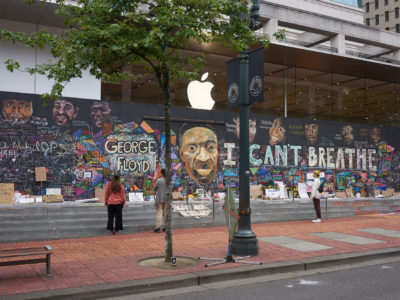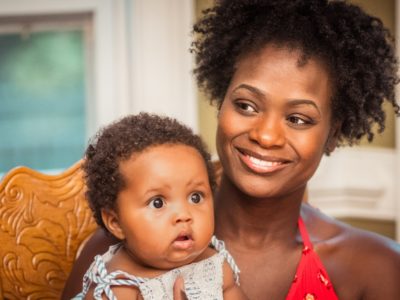Only 5% of doctors in the U.S. identify as African American. But that could change in the near future. Medical schools across the country are seeing a sharp increase in enrollment among black students, paving the way for more providers of color. In fact, medical schools say the number of first-year black students has shot up 21% in the last year alone. Increasing diversity in the healthcare industry can reduce health inequalities by helping patients of colors feel more comfortable at the doctor’s office.
Joining the Ranks
Sabrina Lima recently started studying to become a physician at Tufts Medical School in Boston, MA. She says her mother, who was a nurse, inspired her to go into healthcare.
“I’ve been on, like, medical missionary trips with her. So seeing her in medicine, she’s just like – she’s just an amazing woman. I just love how she serves others, and I want to serve people in a similar way,” Lima said.
As the daughter of Haitian immigrants, Lima said her family was more than encouraging when she told them she wanted to be a doctor.
“For Haitian kids, either you’re a doctor, lawyer, or you’re an engineer. So when I said I want to be a doctor, like, they’re not going to be like, no, why would you want to do – like, they’re like, yeah, my kid wants what I want for them. But they never pushed it.”
The Tufts medical program has seen a dramatic increase in diversity as well. Last fall, Lima was one of 26 students that identified as black, up from nine the year before.
“We have never seen such an increase within a short amount of time,” said Norma Poll-Hunter, who leads workforce diversity efforts at the Association of American Medical Colleges.
Poll-Hunter says it’s important for patients of color to see diversity when going to the doctor’s office or hospital. Research shows that among all races, patients are more likely to say they are satisfied with their care when the provider looks like them.
“When Black physicians, male physicians are working with black male patients, we see better outcomes in preventative care, around cardiac care. We’ve also seen that in terms of infant mortality as well,” she added.
The change didn’t come out of nowhere. Poll-Hunter says many medical schools have adjusted the admissions process to reduce unconscious bias and increase diversity. This includes looking beyond test scores when evaluating applications and allowing prospective students to interview remotely.
“We’ve been working hard at this,” Poll-Hunter added.
Joyce Sackey, dean for multicultural affairs and global health at Tufts Medical School, says the events of the last two years have led to a racial reckoning in the academic community.
“Medical schools are like the Titanic. It’s very difficult to move policies and processes, to be honest,” said Sackey. “We are a medical school that has declared that we want to work towards becoming an anti-racist institution. This stand may have also signaled to applicants whom we accepted that maybe this is a place that they could make home.”
But the high cost of education and crippling student debt can still prohibit many people from pursuing a degree in medicine. The average graduate finishes with around $240,000 in student loan debt.
Dr. Cedric Bright, dean of admissions at East Carolina University’s medical school, says schools need to do a better job of helping prospective students pay for their education, so they feel more encouraged to apply.
“We perpetuate that issue because we give scholarships for merit and not scholarships for need. We’ve got to find ways to decrease the cost of medical school,” Bright said. “We need to empower communities to want to raise money to say, we will pay for a student that comes from this community, and hopefully when they finish, they’ll come back to our community and practice.”
That’s exactly what Lima plans to do when she finishes her education at Tufts.
“I definitely want to open up clinics. I want to work in low-income areas,” she said. “A lot of my early health experiences have been in Newark, [New Jersey] so I definitely, like, have a heart for that community.”
















